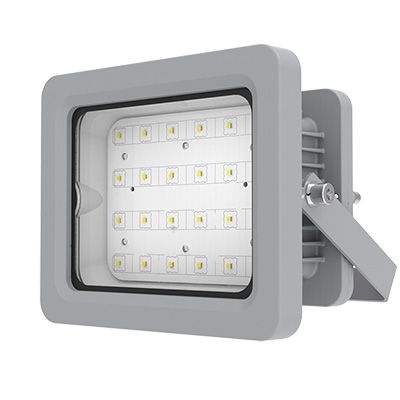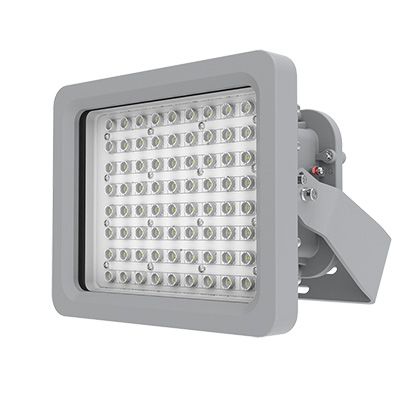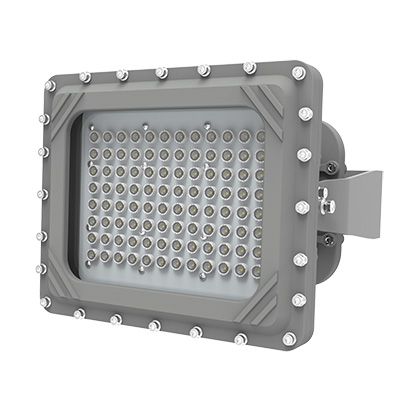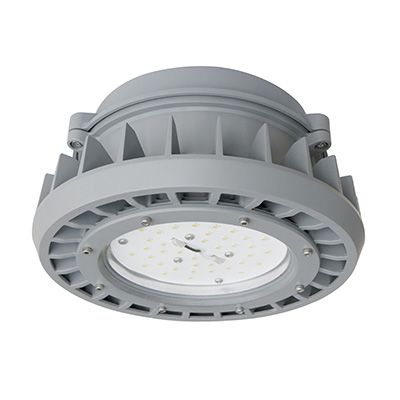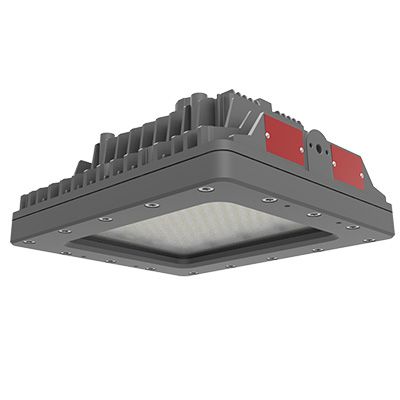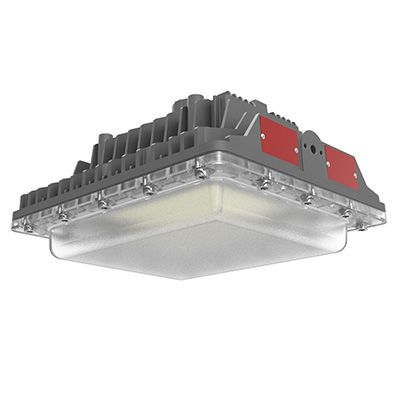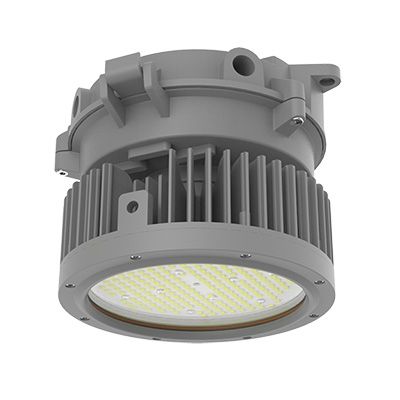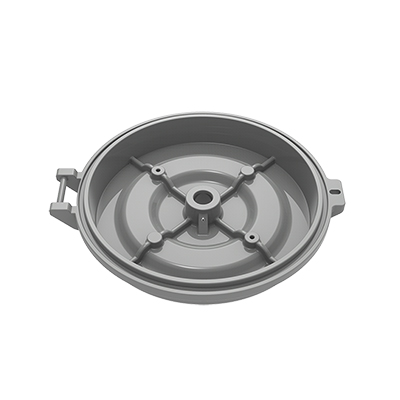Submit a Request
Hazardous Location Lighting
Hazardous Location Classifications
UL Class I Location
Class I locations are those in which inflammable gases or vapors are or may be present in sufficient quantities to produce explosive or flammable mixtures.
CLASS I, DIVISION 1
Class I, Division 1 locations are where hazardous atmosphere may be present during normal operations. It may be present continuously, intermittently, periodically or during normal repair or maintenance operations, or those areas where a breakdown in processing equipment releases hazardous vapors with the simultaneous failure of electrical equipment.
CLASS I, DIVISION 2
Class I, Division 2 locations are those in which volatile flammable liquids or gases are handled, processed or used. Normally they will be confined within closed containers or in closed systems from which they can escape only in the case of rupture or deterioration of the containers or systems.
UL Class II Location
Class II locations are those that are hazardous because of the presence of combustible dust.
CLASS II, DIVISION 1
Class II, Division 1 locations include areas where combustible dust may be in suspension in the air under normal conditions in sufficient quantities to produce explosive or ignitable mixtures (Dust may be emitted into the air continuously, intermittently or periodically), or where failure or malfunction of equipment might cause a hazardous location to exist and provide an ignition source with the simultaneous failure of electrical equipment, included also are locations in which combustible dust of an electrically conductive nature may be present.
CLASS II, DIVISION 2
Class II, Division 2 locations are those in which combustible dust will not normally be in suspension nor will normal operations put dust in suspension, but where accumulation of dust may interfere with heat dissipation from electrical equipment or where accumulations near electrical equipment may be ignited.
UL Class III Location
Class III locations are those considered hazardous due to the presence of easily ignitable fibers of flyings, which are in quantities sufficient to produce ignitable mixtures.
CLASS III, DIVISION 1
Locations in which easily ignitable fibers or materials producing combustible flyings are handled, manufactured or used.
CLASS III, DIVISION 2
Locations where easily ignitable fibers are stored or handled.
ATEX Explosive Gas Atmosphere
Zone 0
A place in which an explosive atmosphere consisting of a mixture with air of dangerous substances in the form of gas, vapour or mist is present continuously or for long periods or frequently.
Zone 1
As a place in which an explosive atmosphere consisting of a mixture with air or flammable substances in the form of gas, vapours and mists is likely to occur occasionally during normal operation.
Zone 2
As a place in which an explosive atmosphere consisting of a mixture with air or flammable substances in the form of gas, vapours and mists is not likely to occur in normal operation but if it does occur, it will be present for a short period of time only.
ATEX Explosive Dusts Region
Dust clouds in the explosive region (above the minimum explosible concentration) are categorised into 3 zones, based upon the grade of release .
Zone 20
Continuous release inside a dust containment enclosure gives rise to Zone 20 - a place in which an explosive atmosphere, in the form of a cloud of combustible dust in air, is present continuously, or for long periods or frequently for short periods. For example, a mill or pneumatic conveying system.
Zone 21
Primary grade of release gives rise to Zone 21 - a place in which an explosive atmosphere, in the form of a cloud of combustible dust in air, is likely to occur occasionally in normal operation. For example, bagging points and inspection ports that are frequently opened.
Zone 22
Secondary grade of release gives rise to Zone 22 - a place in which an explosive atmosphere, in the form of a cloud of combustible dust in air, is not likely to occur in normal operation but, if it does occur, will persist for a short period only. For example, leaks from incorrectly fitted lids or spillages.

